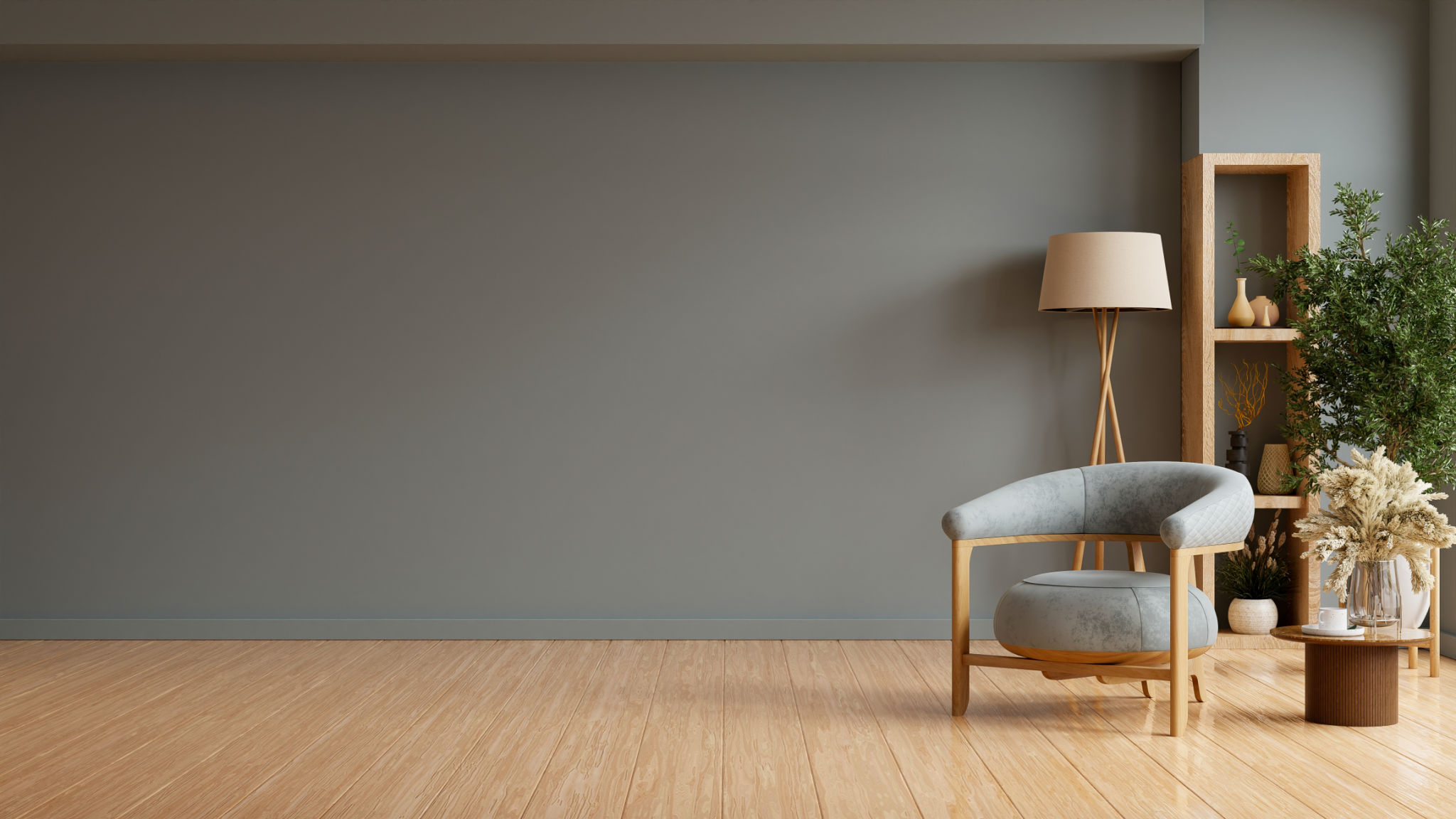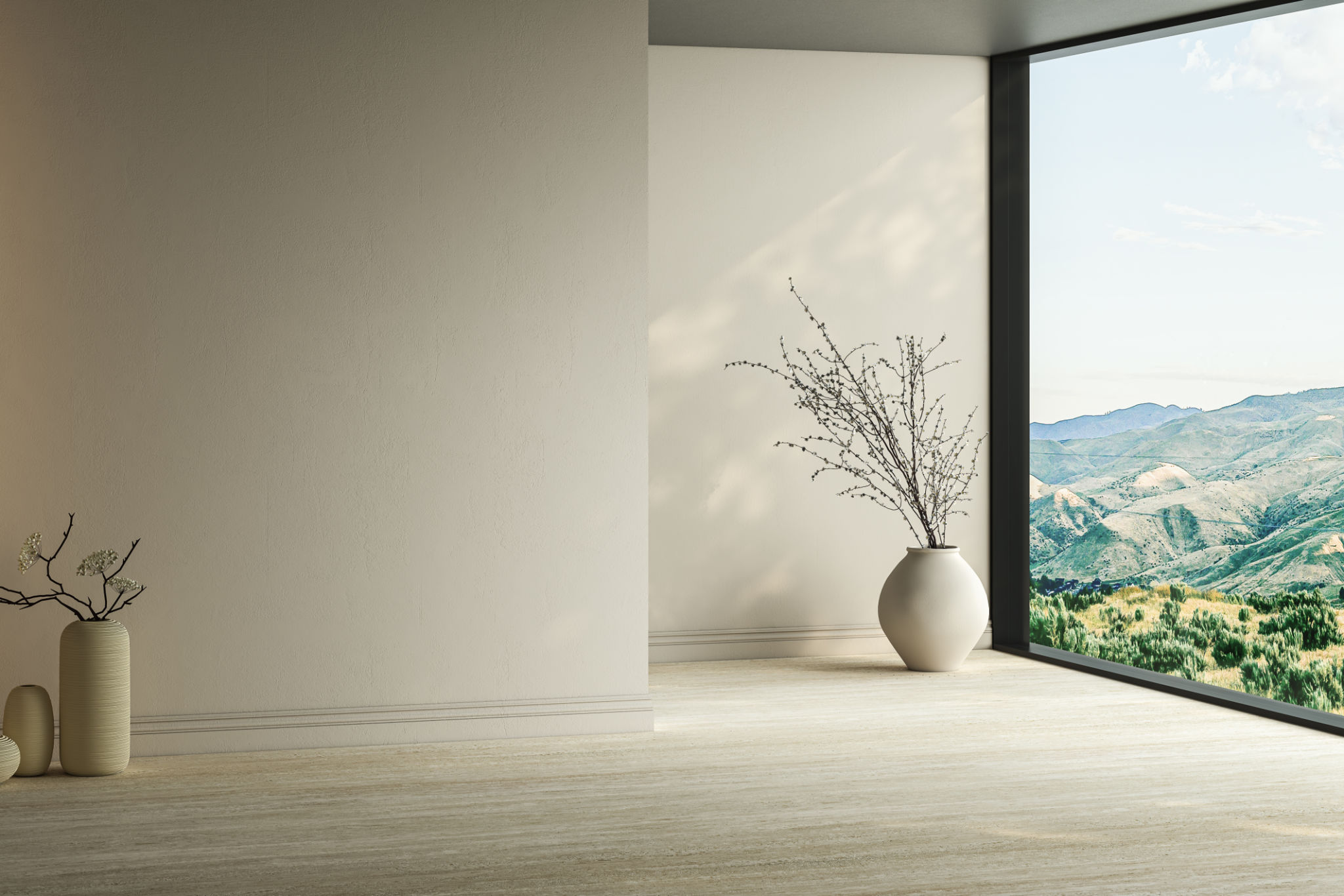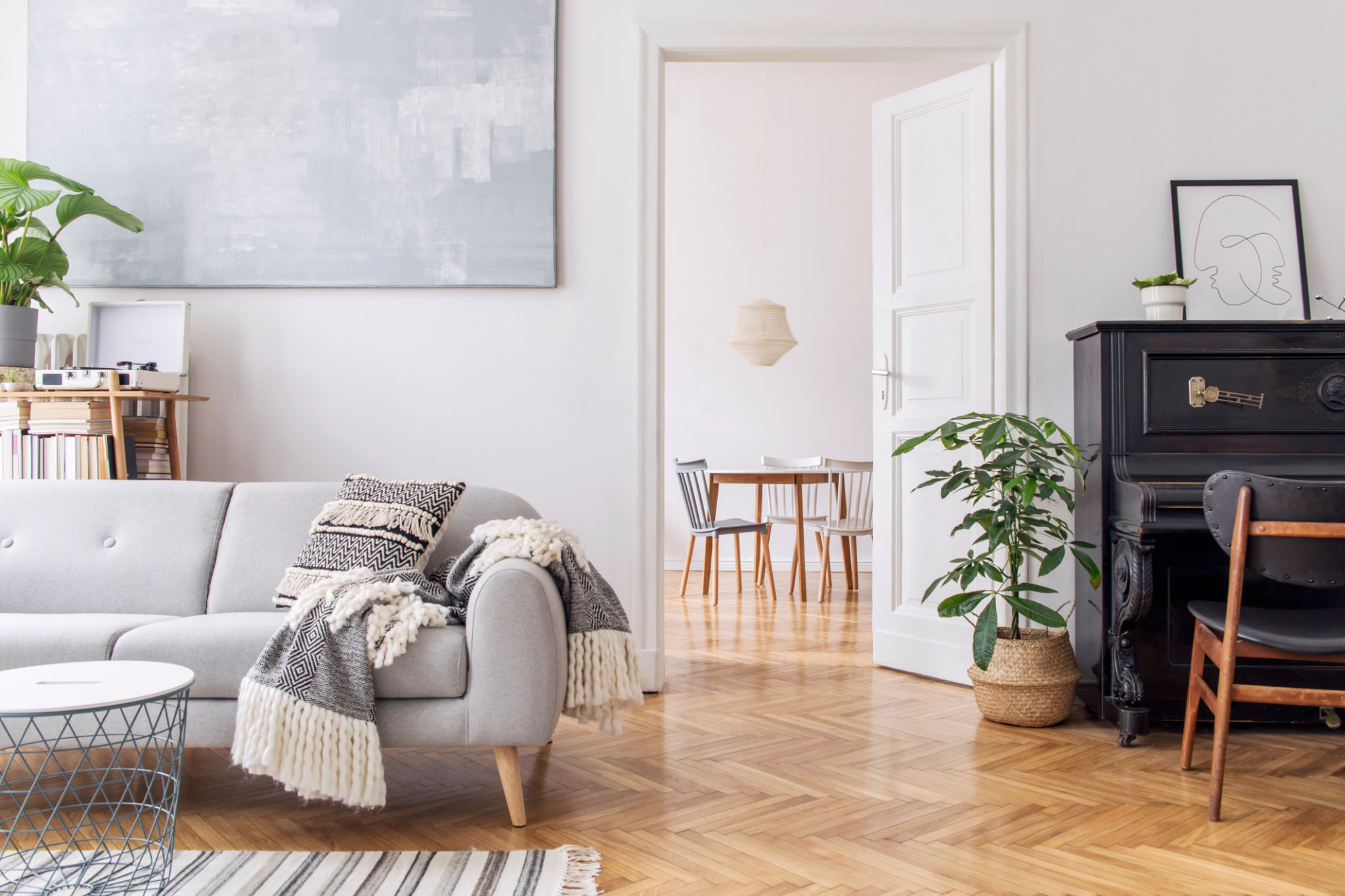Maximizing Small Spaces: Minimalist Interior Design Tips
Understanding Minimalism
Minimalism is more than just a design style; it is a lifestyle choice that emphasizes simplicity and functionality. By focusing on the essentials, minimalist interior design helps to create a sense of calm and order, especially in small spaces. The key to mastering this style is to maintain a balance between aesthetics and utility, ensuring that every element serves a purpose without overcrowding the space.

Declutter and Organize
The first step in achieving a minimalist interior is to declutter your home. Begin by removing items that you no longer need or use. Evaluate each piece of furniture and decor, keeping only those that add value or joy to your life. Use organizational tools like baskets, shelves, and storage boxes to keep your belongings tidy and out of sight. A well-organized space not only looks better but also feels more spacious and inviting.
Adopt Smart Storage Solutions
Investing in smart storage solutions can significantly enhance the functionality of small spaces. Consider furniture pieces that double as storage, such as ottomans with hidden compartments or beds with built-in drawers. Vertical storage options, such as tall shelving units or wall-mounted cabinets, can help make use of every available inch without taking up precious floor space.

Choose a Neutral Color Palette
A neutral color palette is a hallmark of minimalist design, helping to create a serene and cohesive atmosphere. Opt for shades like white, beige, gray, and soft pastels. These colors not only make a space feel larger but also provide a perfect backdrop for any bold accents you might want to incorporate. Layering different textures within this color scheme can add depth and interest without overwhelming the senses.
Incorporate Natural Light
Maximizing natural light can dramatically enhance the perception of space in a small room. Keep window treatments minimal to allow more light in and use mirrors strategically to reflect light around the room. If natural light is limited, consider using light fixtures that mimic daylight to brighten up the area effectively.

Select Multifunctional Furniture
In small spaces, every piece of furniture should earn its keep by offering more than one function. Look for convertible furniture like sofa beds, extendable dining tables, or desks that can fold away when not in use. These versatile pieces help optimize the available space without sacrificing comfort or style.
Embrace Open Spaces
Where possible, embrace open-plan living areas that allow for more fluid movement and interaction between different parts of your home. Avoid unnecessary partitions or barriers that can make the space feel cramped. Instead, use rugs or furniture arrangements to define different zones within an open area.

By incorporating these minimalist interior design tips into your small space, you can create a home that feels spacious, serene, and stylish. Remember that minimalism is about quality over quantity, so take your time curating pieces that truly resonate with your personal style while serving practical purposes. With intentional design choices, even the smallest of spaces can be transformed into a functional and beautiful sanctuary.